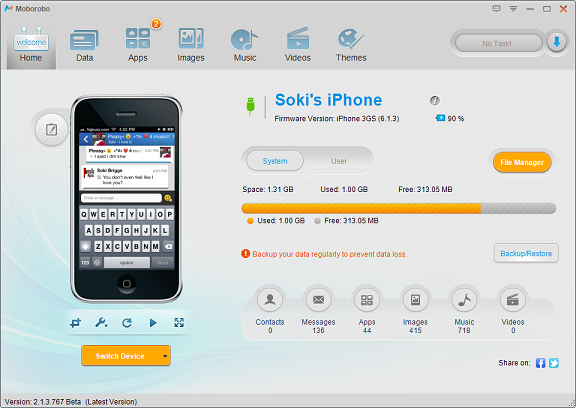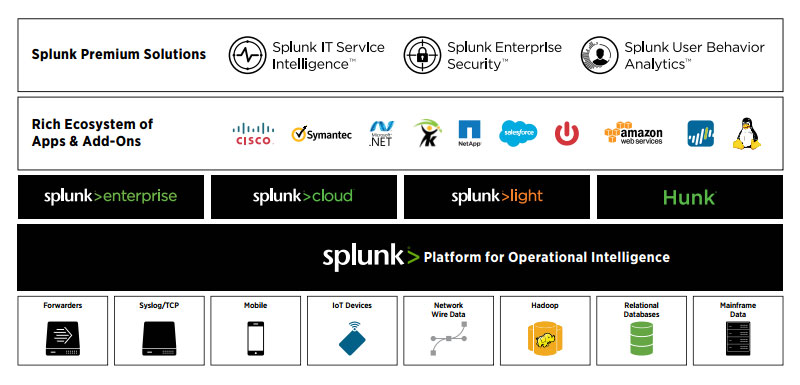

At the end of the month, you will automatically be charged for that month’s usage. There are no set up charges or commitments to begin using Amazon S3. Q: How will I be charged and billed for my use of Amazon S3? However, data transferred between Amazon EC2 (or any AWS service) and Amazon S3 across all other Regions is charged at rates specified on the Amazon S3 pricing page, for example, data transferred between Amazon EC2 US East (Northern Virginia) and Amazon S3 US West (Northern California). For S3 on Outposts pricing, visit the Outposts pricing page. There is no Data Transfer charge for data transferred between Amazon EC2 (or any AWS service) and Amazon S3 within the same Region, for example, data transferred within the US East (Northern Virginia) Region. Data transferred via a COPY request between AWS Regions is charged at rates specified on the Amazon S3 pricing page. There is no Data Transfer charge for data transferred within an Amazon S3 Region via a COPY request. Billing prices are based on the location of your S3 bucket. Some prices vary across Amazon S3 Regions.

You can estimate your monthly bill using the AWS Pricing Calculator.ĪWS charges less where our costs are less. With Amazon S3, you pay only for what you use. The data stored in S3 One Zone-IA is not resilient to the physical loss of an Availability Zone resulting from disasters, such as earthquakes, fires, and floods. The Amazon S3 One Zone-IA storage class replicates data within a single AZ. Objects stored in these storage classes are available for access from all of the AZs in an AWS Region.

This remains true in Regions where fewer than three AZs are publicly available.

#Dtransfer help backup index archive#
All AZs in an AWS Region are interconnected with high-bandwidth, low-latency networking, over fully redundant, dedicated metro fiber providing high-throughput, low-latency networking between AZs.Īmazon S3 Standard, S3 Standard-Infrequent Access, S3 Intelligent-Tiering, S3 Glacier Instant Retrieval, S3 Glacier Flexible Retrieval, and S3 Glacier Deep Archive storage classes replicate data across a minimum of three AZs to protect against the loss of one entire AZ. AZs give customers the ability to operate production applications and databases that are more highly available, fault tolerant, and scalable than would be possible from a single data center. Q: What is an AWS Availability Zone (AZ)?Īn Availability Zone (AZ) is one or more discrete data centers with redundant power, networking, and connectivity in an AWS Region. The strong consistency of S3 also reduces costs by removing the need for extra infrastructure to provide strong consistency. These applications automatically and immediately benefit from strong read-after-write consistency. High-performance computing workloads also benefit in that when an object is overwritten and then read many times simultaneously, strong read-after-write consistency provides assurance that the latest write is read across all reads. Strong read-after-write consistency helps when you need to immediately read an object after a write for example, when you often read and list immediately after writing objects. Q: Why does strong read-after-write consistency help me? S3 also provides strong consistency for list operations, so after a write, you can immediately perform a listing of the objects in a bucket with any changes reflected. Q: What is the consistency model for Amazon S3?Īmazon S3 delivers strong read-after-write consistency automatically, without changes to performance or availability, without sacrificing regional isolation for applications, and at no additional cost.Īfter a successful write of a new object or an overwrite of an existing object, any subsequent read request immediately receives the latest version of the object.


 0 kommentar(er)
0 kommentar(er)
